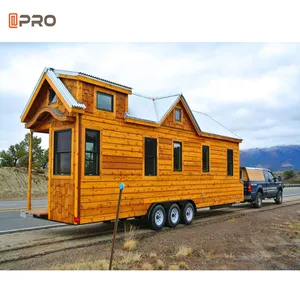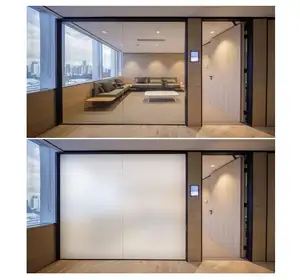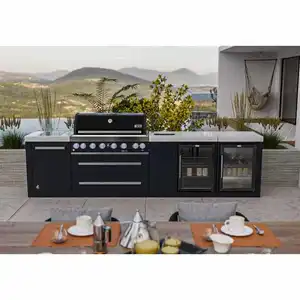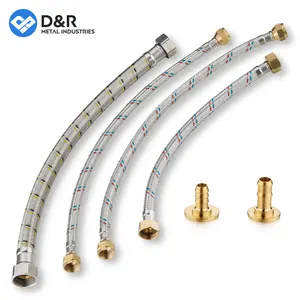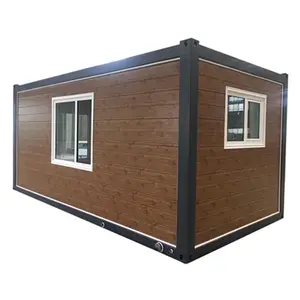Popular in your industry







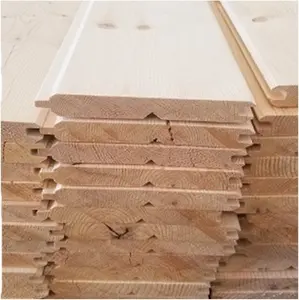





























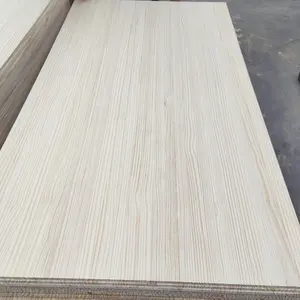








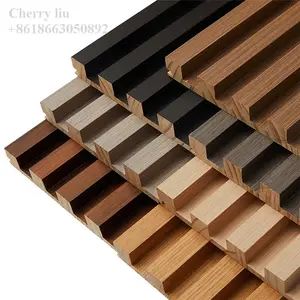





























Related Searches:



















































































































































Top categories
About pine paneling
Pine paneling offers a versatile and visually appealing option widely used in interior design and architecture, infusing spaces with the warmth and natural allure of pine wood. Available in a range of styles, pine paneling includes the rustic knotty pine paneling and the seamless pine tongue and groove wall paneling, celebrated for its straightforward installation.
Types and Characteristics of Pine Paneling
The spectrum of pine paneling includes a variety of types, each with its own distinctive traits. Tongue and groove pine ceilings are prized for their traditional aesthetic and interlocking design that minimizes the need for visible fasteners. The characteristic knots of knotty pine paneling impart a quaint, cozy ambiance, while smoother, less knotty pine wall paneling offers a more polished look. Pine furniture boards are engineered for resilience, frequently employed in crafting custom furniture. The charm of pine ceiling planks and pine ceiling boards resides in their authentic wood grain and texture, which can be stained to complement any interior design.
Structure and Installation of Pine Paneling
The construction of pine paneling is tailored for both visual appeal and installation convenience. The tongue and groove pine paneling features a 'tongue' on one side that fits into a 'groove' on the adjoining board, yielding a uniform facade. This configuration not only eases the installation process but also enhances structural stability by evenly distributing weight and stress. To prevent moisture accumulation and ensure wood longevity, the paneling's reverse side may have a recess to facilitate air circulation.
Materials and Properties of Pine Paneling
Pine paneling is selected for its inherent beauty and robustness. As a softwood, pine is both lightweight and sturdy, making it an excellent choice for wall and ceiling applications. It naturally resists decay and can be treated for additional protection against moisture and pests. Pine's ability to absorb stains and finishes effectively can both augment its aesthetic and extend its lifespan. Moreover, pine is often harvested from sustainably managed forests, bolstering its eco-friendly profile.
Business Usages and Applications of Pine Paneling
In various sectors, including hospitality and retail, pine paneling is a material of choice. It can foster a warm welcome in hotel lobbies and guest rooms with pine wall planks. Retail spaces benefit from the neutral canvas provided by pine lining boards for showcasing merchandise. Its sound-dampening qualities also make it ideal for recording studios and conference rooms. Beyond aesthetics, pine paneling enhances a building's structural soundness and insulation.
Functions and Tasks of Pine Paneling
The primary role of pine paneling is to clad walls and ceilings, offering an attractive finish with practical advantages. It acts as an insulator, maintaining comfortable temperatures year-round, and can improve acoustics by muffling noise. In commercial environments, it can conceal wiring or plumbing, ensuring a tidy appearance while allowing for maintenance access.
Features and Unique Selling Points of Pine Paneling
Pine paneling distinguishes itself with its natural wood patterns, customizability, and the inviting warmth it adds to interiors. Its versatility is a key selling point, allowing for painting, staining, or varnishing to fit any design preference. The knotty pine walls showcase unique knots and grain variations, providing an authentic and unreplicable organic charm compared to synthetic alternatives.
Benefits and Positive Outcomes of Pine Paneling
The installation of pine paneling yields numerous advantages. It offers an economical method to infuse character into a space without extensive remodeling. Pine's insulating properties can result in energy savings, and its installation simplicity ensures swift project completion with minimal business interruption. For those with allergies, pine's non-toxic and hypoallergenic nature makes it a sound choice for indoor settings.
How to Use, Choose, Clean, Maintain, and Install Pine Paneling
Optimal use of pine paneling requires proper installation, achieved by aligning the tongue and groove edges and securing them firmly. Selection should be based on the space's specific requirements, such as resistance to moisture or soundproofing needs. Cleaning is simple, typically needing just a damp cloth for dust removal. Maintenance may involve periodic refinishing to preserve the wood's appearance. Careful installation is crucial to ensure the panels are well-aligned and stable for enduring quality.
Target Audience and Meeting Needs with Pine Paneling
Pine paneling caters to both commercial entities seeking to elevate their premises and residential clients desiring an elegant home enhancement. For businesses, it can create an inviting environment that attracts customers, while homeowners appreciate its natural aesthetics and ease of fitting. In both scenarios, the product satisfies demands for durability, visual appeal, and adaptability.
How does pine paneling enhance interior design?
Pine paneling can enhance interior design by introducing organic elements that foster a sense of comfort and warmth. Its adaptability ensures compatibility with a range of design aesthetics, from contemporary to classic, endorsing it as a top selection for designers and architects.
What are the considerations when choosing pine paneling for a project?
When opting for pine paneling, it's important to consider the design motif, intended use, and the atmosphere you wish to create. The pine variety, dimensions of the panels, and the chosen finish will all influence the final look and functionality of the paneling within the intended space.
How to ensure the longevity of pine paneling?
To guarantee the enduring quality of pine paneling, proper installation is crucial, as is maintaining a stable environment to avert warping. Applying appropriate finishes can safeguard the wood against moisture and wear, further prolonging its life.
